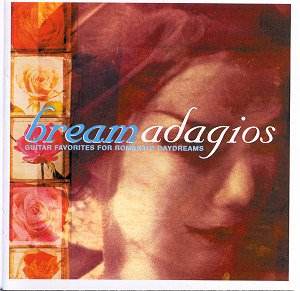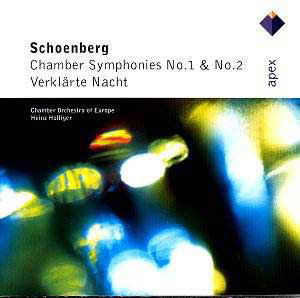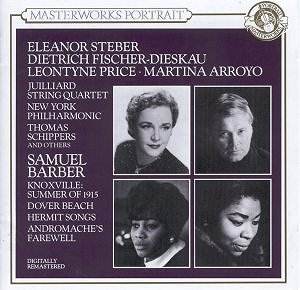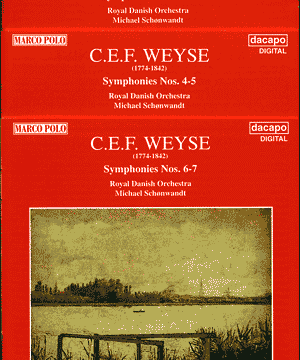 Composer: Julian Bream
Composer: Julian Bream
Works: Debussy – Claire de Lune; Debussy – Reverie; Ravel – Pavane for a Dead Princess; Fauré – Berceuse (from the “Dolly Suite,” Op. 56); Vivaldi – Largo (from “Concerto in D” for lute and strings, RV93); Vivaldi – Andante (from “Concerto in G” for lute and strings, RV532); Rodrigo – Españoleta (from “Fantasia para un Gentilhombre”); Rodrigo – Adagio (from “Concierto de Aranjuez”); Boccherini – Adagio (from “Guitar Quintet in E minor,” G, 451); Giuliani – Andante siciliano (from “Guitar Concerto in A,” Op. 30); Sor – Cantabile (from “L’Encouragement,” Op. 34); Cimarosa – Sonata in C sharp minor; Carulli – Larghetto (from “Serenade in A,” Op. 96); Fauré – Dolly’s Garden (from the “Dolly Suite,” Op. 56); Fauré – Tendresse (from the “Dolly Suite,” Op. 56)
Performers: Julian Bream – guitar
Recording: RCA Victor 09026 63905
Label: RCA
Julian Bream, one of the towering figures of classical guitar, has left an indelible mark on the repertoire and technique of the instrument. His compilation album “Adagios” showcases a carefully curated selection of works that highlight the more lyrical and emotive side of the guitar. This release is not merely a collection of pieces; it is a reflection of Bream’s profound understanding of the emotional and historical contexts in which these works were conceived. Each piece, ranging from Debussy’s ethereal “Claire de Lune” to the contemplative strains of Fauré’s “Berceuse,” invites listeners into a world of romantic daydreams, effectively embodying the gentle yet substantial character of Bream’s artistry.
The interpretation of each work on this recording reveals Bream’s exquisite sensitivity and technical mastery. In “Claire de Lune,” for instance, he captures the delicate interplay of timbre and dynamics, allowing the piece’s inherent fluidity to flow effortlessly. The subtle nuances in his fingerstyle technique illuminate the harmonic richness of Debussy’s writing, offering a fresh perspective on this well-trodden classic. Similarly, in Ravel’s “Pavane for a Dead Princess,” Bream’s phrasing is both poignant and reflective, evoking a sense of nostalgia that resonates deeply with the listener. His ability to shape musical lines with an almost vocal quality showcases his unique interpretative approach, which balances precision with expressiveness.
The recording quality of this album is commendable, striking a fine balance between clarity and warmth. The engineering allows the listener to appreciate the texture of Bream’s guitar, capturing the intricate overtones that arise from each pluck of the strings. This is particularly evident in the works of Vivaldi, where the lively interplay between melody and accompaniment is rendered with a vibrant immediacy. The inclusion of duets with John Williams adds a delightful dimension, where the synergy between the two guitarists is palpable. The interplay in Rodrigo’s “Españoleta” is a prime example of their mutual understanding, as both performers navigate the intricate rhythms and melodic lines with finesse.
While this compilation may appeal to those seeking an accessible entry point into classical guitar, it does raise questions for the more seasoned collector. Much of this repertoire is widely available, and Bream’s interpretations, while exquisite, do not necessarily redefine the pieces in a way that would compel a dedicated audiophile to acquire this album as a priority. Nevertheless, Bream’s artistry remains a benchmark against which all guitarists are measured, and “Adagios” serves as a testament to his enduring legacy.
The collection stands as a reflection of Bream’s unparalleled contribution to the guitar repertoire and serves as a gentle reminder of the instrument’s capacity for profound expression. Each track is imbued with a sense of reverie that invites listeners to pause and reflect, making it not merely a passive listening experience, but a journey into the emotive heart of classical music.



